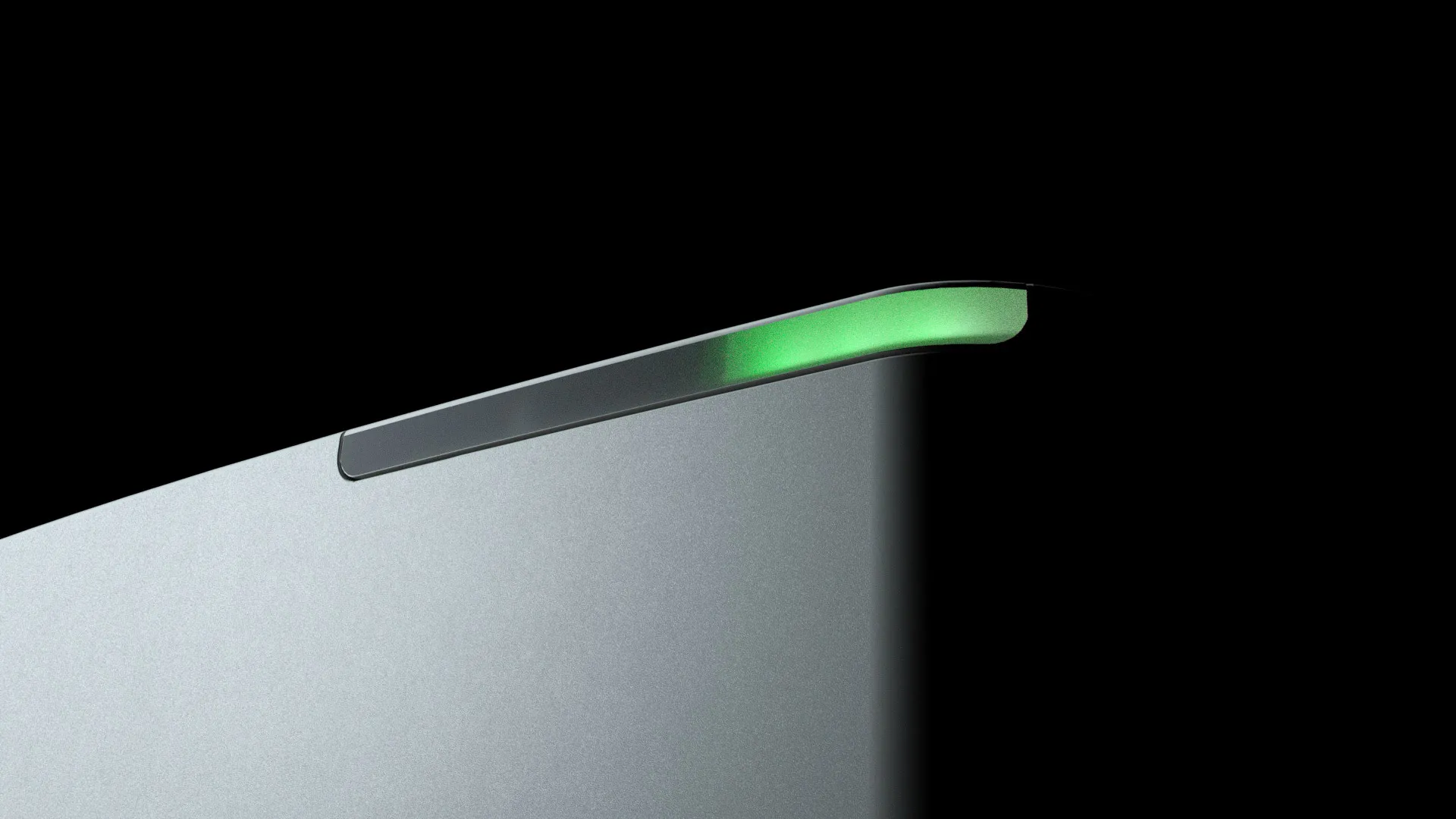

HOS Study for IgG Samples Spiked with Different Amount of BSA by Microfluidic Modulation Spectroscopy
Libo Wang, RedShiftBio & Brent Kendrick, Elion Labs
Microfluidic Modulation Spectrometry (MMS) is a novelprotein characterization technique that combines amicrofluidic cell and a tunable mid-IR Quantum Cascade Laser source to assess the similarity, comparability, impurity, quantitation, denaturation and aggregation of proteins by analyzing the high order structure. To evaluate the sensitivity of MMS to detect small differences in secondary structure, absorbance spectra are captured and analyzed for a series of protein samples containing increasing amounts of BSA (predominantly α-helical structure) spiked into IgG (predominantly β-sheet structure)at total protein concentrations of 20 mg/ml and 1 mg/ml, i.e.0, 2, 4, 6, 8, and 10% BSA spiked in IgG. The second derivative spectra, the similarity and the secondary structure compositions of samples were compared and analyzed. When BSA was spiked into IgG, the alpha helix absorbance peak at 1656 cm-1 increased and the beta-sheet absorbance peak at 1637 cm-1 decreased accordingly. At concentration of 20 mg/ml, the differences in the secondary structure can be detected at 2% BSA spike sample; while at concentration of 1 mg/ml, the secondary structure differences can be detected at 4-6% BSA spike sample. In comparison, a previous study performed at 20 mg/mL using conventional FTIR technique could detect secondary structure differences at 8-10% BSA spike samples. Our present results show that MMS is a powerful technique for the measurement and analysis of protein secondary structure and provides HOS data with high sensitivity and accuracy

